Understand the Narrative Purpose
If you’ve ever wondered how to blend multiple subjects into a cohesive composition, you’re not alone. Integrating two or more visual themes into a single artwork can elevate narrative, tension, or emotion—but if handled poorly, it can also result in chaos or confusion. From figure and background relationships to surreal juxtapositions, creating unity in complexity is one of the most rewarding challenges in visual storytelling.
In this post, we’ll break down essential strategies for building layered compositions that feel purposeful and visually harmonious—whether you’re working traditionally or digitally.
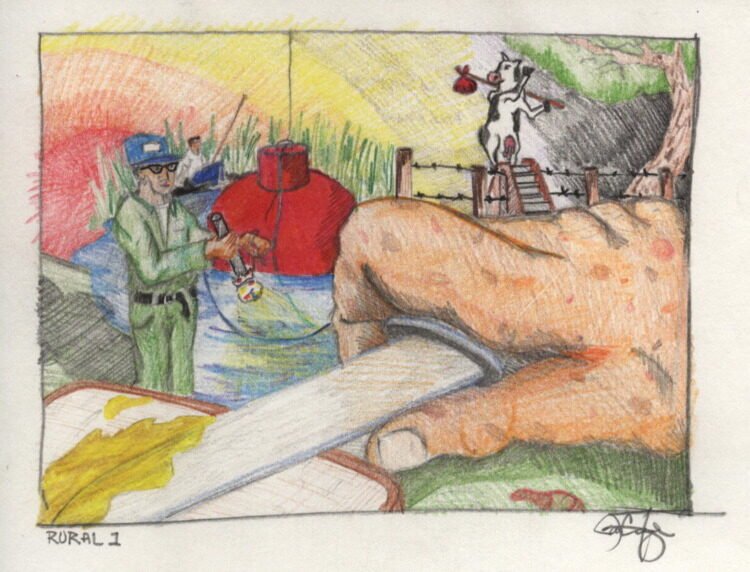
credit: JAMEHAYES
Before blending anything, Ask Yourself
Why am I combining these subjects? A strong narrative or conceptual reason becomes the glue that binds them visually.
- Are you contrasting themes like nature and technology?
- Are you telling a story through character and setting?
- Are you exploring memory, time, or abstraction?
Your intent will influence the placement, emphasis, and interaction between subjects. A composition with purpose is halfway to feeling cohesive.
Choose a Dominant Element
Not everything should compete for attention. One subject—whether it’s a figure, landscape, or symbolic object—should anchor the viewer’s gaze.
Supporting subjects then create:
- Context (environment or props)
- Balance (counterweight to the focal point)
- Contrast or harmony in theme, scale, or movement
A clear visual hierarchy prevents clutter and helps guide the viewer through the work.
Use Overlapping and Framing to Unify Space
Overlapping elements naturally connect spatial planes. When one subject overlaps another, it pulls them into the same world.
Techniques to try:
- Let foreground elements partially obscure the background subject
- Frame one subject using elements of another (branches encircling a portrait, for example)
- Use mirrored shapes or silhouettes to echo form between subjects
This builds interconnectedness even across distinct visual zones.
Rely on Shared Design Elements
Cohesion doesn’t always mean realism. It means agreement. Elements to unify your subjects include:
- Color palette: Use shared hues, or shift saturation/temperature across subjects for atmospheric consistency
- Textures and patterns: Repeat line quality or texture across figures, environment, or negative space
- Lighting direction: A single, consistent light source binds disparate elements into one time and space
Compose with Intentional Balance
Balance doesn’t always mean symmetry—it means strategic weighting. Your composition should feel stable or purposefully dynamic. Consider:
- Placement: Distribute subjects across the space to create intentional tension or calm
- Scale: Vary size for emphasis and depth
- Shape language: Curves vs. angles; soft vs. sharp—play them against one another or echo them for flow
Sketching thumbnail studies beforehand is a powerful way to test balance and relationship before committing to a final layout.
Use Pathways and Directional Cues
The viewer’s eye should be led smoothly from one subject to another. Try:
- S-shaped compositions that move naturally across the frame
- Gestural lines, pointing limbs, or glances that direct attention
- Repeating visual motifs (like windows or vines) that lead the eye
These cues reduce visual dissonance and help create a story-like sequence within a single frame.
Play with Contextual Juxtaposition
Subjects don’t have to share the same world—but they can create friction or intrigue when contrasted meaningfully.
For example:
- Juxtaposing mechanical and organic forms to explore tension
- Overlaying childhood imagery with stark modern spaces
- Merging animals with architecture to evoke surrealism or symbolism
The key is to present the contrast with consistency in technique or style so it feels like your world—even if it’s unfamiliar.
Build Depth Through Planes
A flat image with too many subjects can feel crammed. Use background, midground, and foreground layers to create spatial clarity and breathing room.
Tips for depth:
- Use atmospheric perspective (softening and cooling distant subjects)
- Overlap objects with increasing detail as they move forward in space
- Vary line thickness or contrast by layer
Depth helps each subject breathe while remaining part of a unified whole.
Incorporate Repetition and Motif
Repeating certain visual elements—a pattern, shape, or icon—can thread separate subjects together like a visual theme.
This works especially well when:
- Subjects vary greatly in form or concept
- You’re working in an abstract or collage style
- You want to reinforce symbolism without being literal
Think of it like a chorus line running through your visual narrative.

Sketchbooks.org | TRADITIONAL MATERIALS
Types of Artist Toolboxes and What to Look For | A Practical Guide for Creatives
Why the Right Toolbox Matters Every artist needs a reliable way to store, organize, and transport their tools. Whether you're a painter, illustrator, sculptor, or mixed media enthusiast, the right toolbox can make your creative...
Frequently Asked Questions
What’s the best way to connect subjects that don’t belong together?
Use stylistic consistency and visual motifs to create cohesion even if the subjects contrast.
Can I blend realism with abstraction in the same composition?
Yes—many successful works do this by maintaining coherence in palette, rhythm, or symbolism.
How do I avoid a cluttered look with multiple subjects?
Establish hierarchy, use space strategically, and eliminate unnecessary visual noise.
Should I sketch thumbnails first?
Absolutely—thumbnails help test layout, spacing, and balance before you fully commit.
How do I guide the viewer’s eye?
Use directional cues like lines, angles, gestures, and tonal flow to move the eye naturally.
Can unrelated subjects still tell a story?
Yes—through symbolism, contrast, or emotional tone, unrelated elements can build rich metaphor.
How many focal points are too many?
Generally, stick to one primary focal point; any others should act as secondary or supporting.
Final Thoughts
Mastering how to blend multiple subjects into a cohesive composition is about more than visual harmony—it’s about guiding the viewer through a layered, intentional experience. When line, space, light, and concept work in sync, your subjects don’t just coexist—they communicate.
Experiment boldly, refine thoughtfully, and trust that unity doesn’t come from matching elements—it comes from your ability to connect them with clarity and purpose. Cohesion is a creative decision, and the more you explore it, the more distinct and resonant your compositions become.
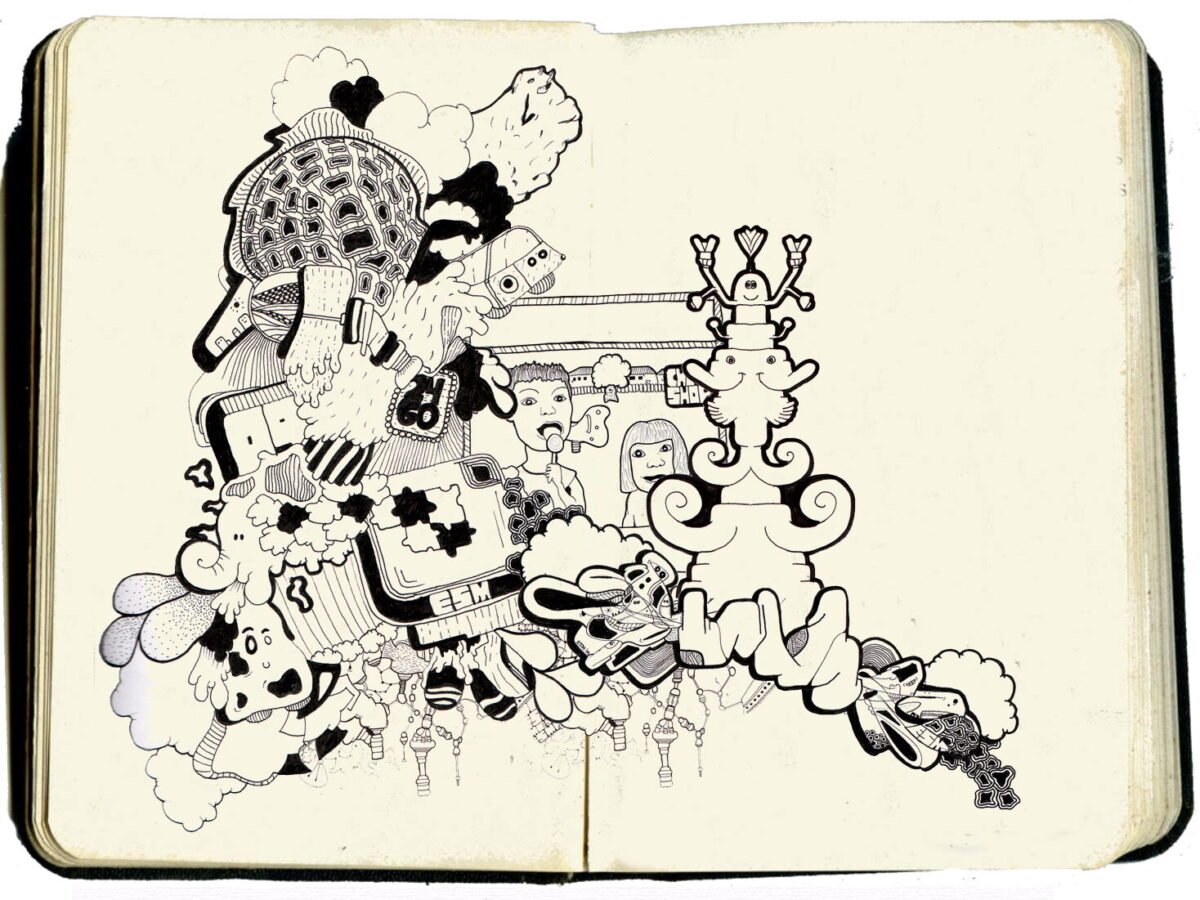
credit: MAWLTEA
Ready to Share Your Work?
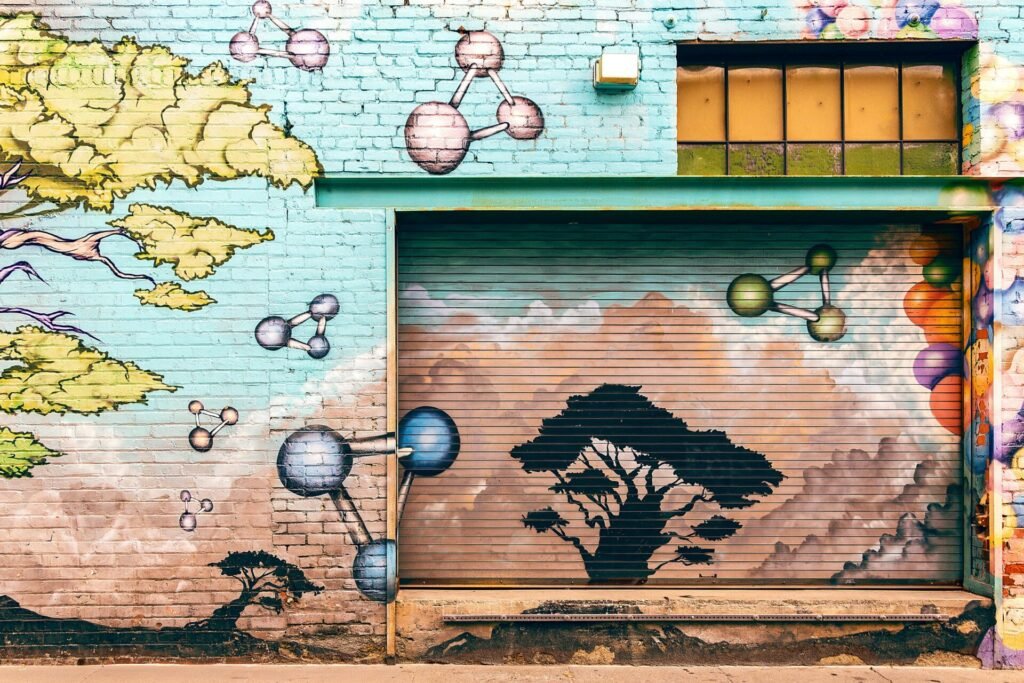
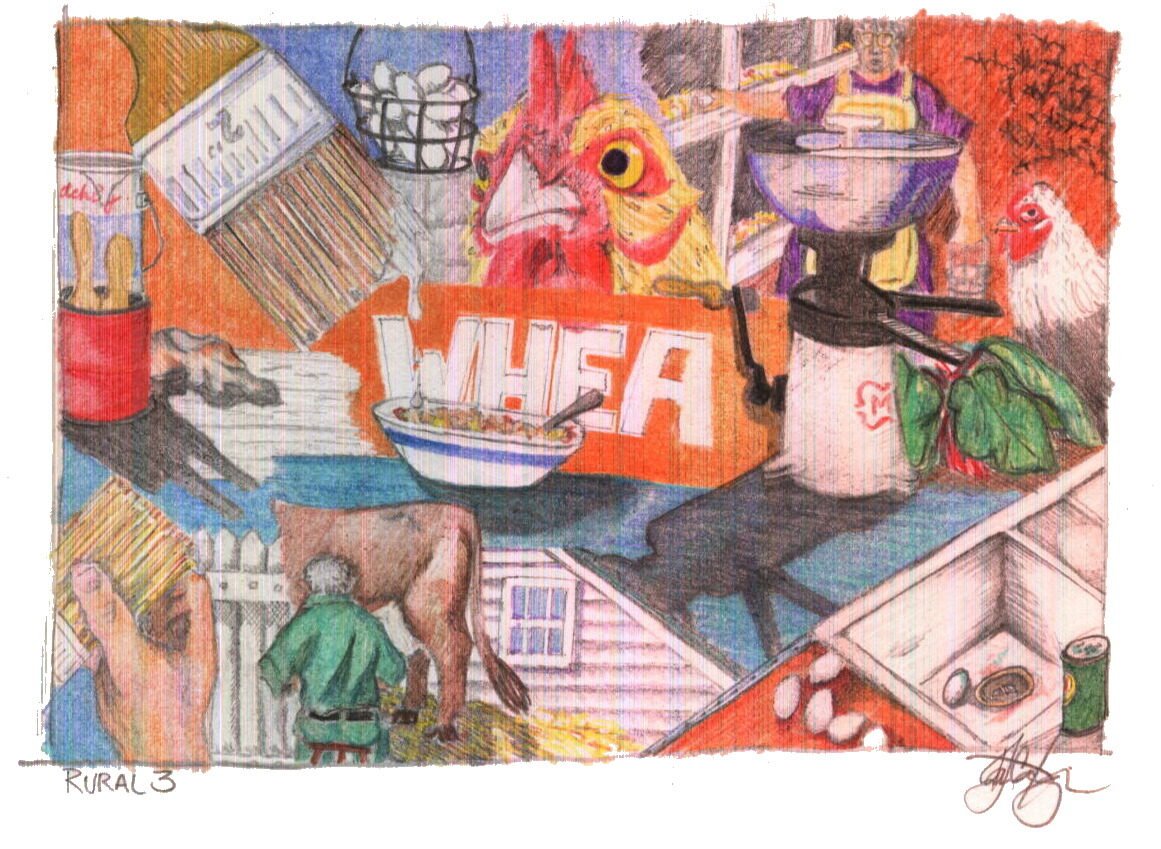
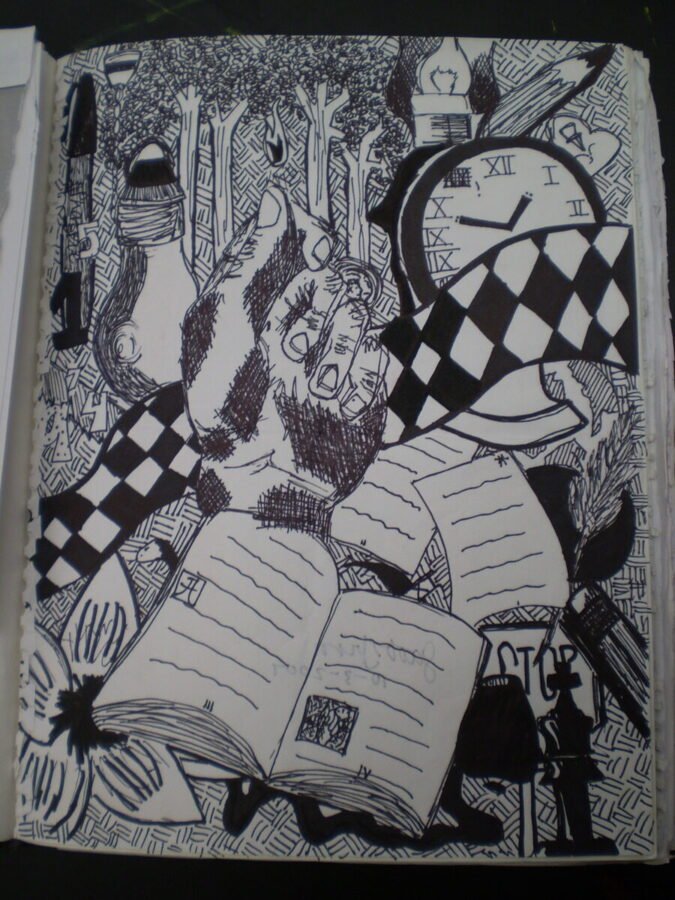
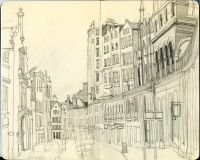
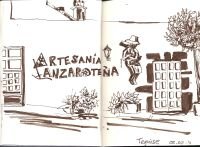
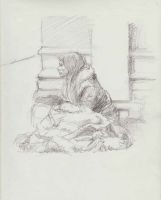



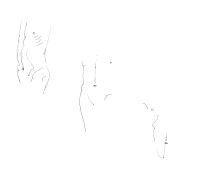


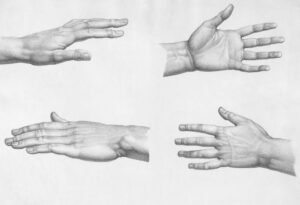
Helpful visual examples would make this next-level. Still, great stuff.
i need to push past that “collage chaos” feeling I often get
I always think of murals for some reason with this.